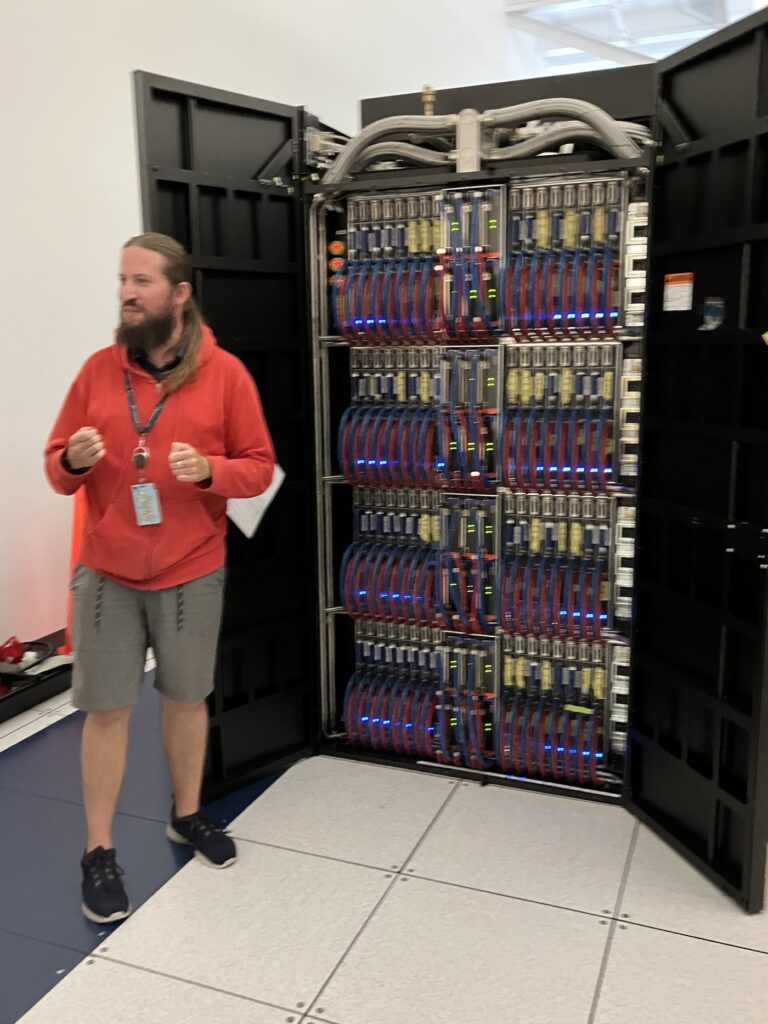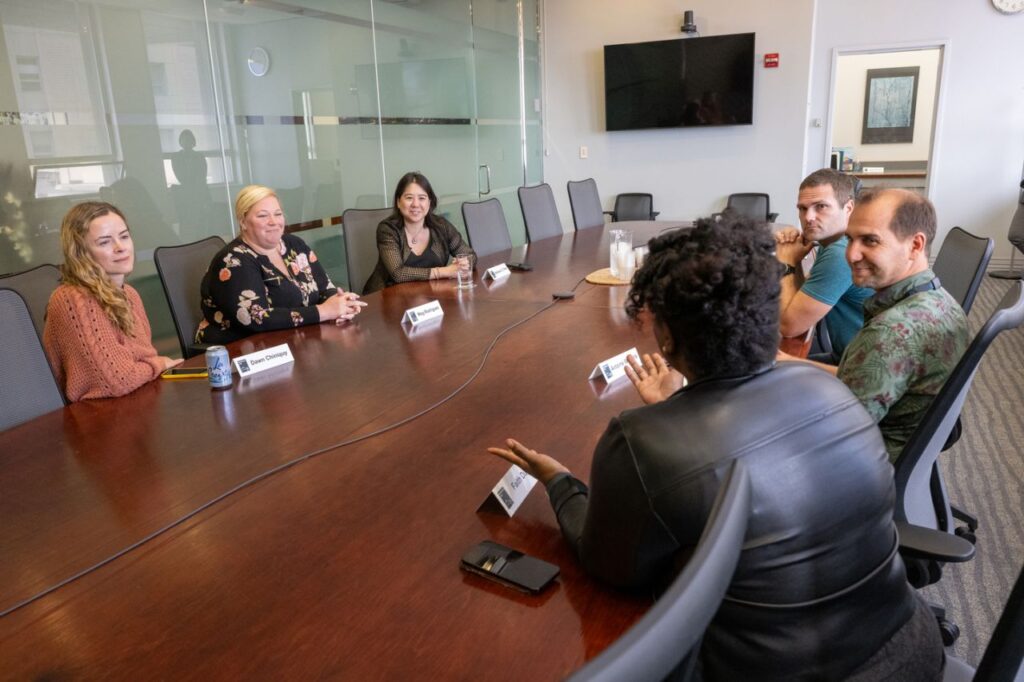Things are moving in terms of Open Data! The Department of Energy has just released an update to it Public Access Plan (initially published in 2014), and embracing the use of persistent identifiers for papers and data, to promote the FAIR principles (Findability, Accessibility, Interoperability, and Reusability of data and metadata.)

Mariposa Lillies, from Alexis Madrigal of the Oakland Garden Club
And let me insist on the last bit:
Data without metadata is mostly useless
At the time where Twitter was a nice place to share thoughts and disseminate bite-sized knowledge, I thought the Twitter posts/URL were something akin to Digital Object Identifiers – you could post an image with caption, and share the link on your blog or with anyone (now Twitter doesn’t allow to share those so easily.) Zenodo allows you to creat actual DOI for your data (data will include your ORCID and metadata.), albeit not as user-friendly – and to some extent, github works the same way (the visualization and graphical content is not the best)
At Berkeley Lab, the Office of Research Compliance has updated
its guideline, providing excellent resources to build a Data Management Plan.









